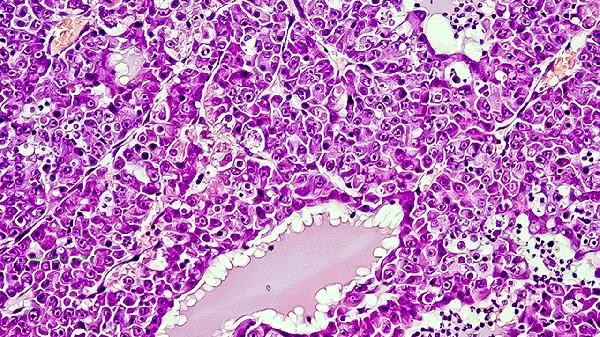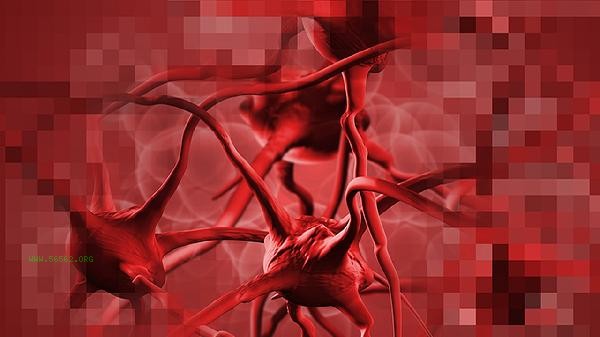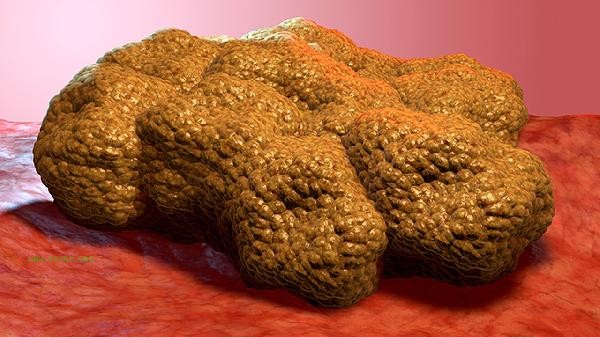A high eosinophil count may indicate allergic diseases, parasitic infections, autoimmune diseases, hematological disorders, or drug reactions. The main influencing factors include allergic rhinitis, asthma, roundworm infection, rheumatoid arthritis, eosinophilia, etc.

1. Allergic diseases:
Allergic rhinitis and asthma are common causes of eosinophilia. When the body comes into contact with allergens such as pollen and dust mites, the immune system activates eosinophils to participate in defense responses. These patients usually have symptoms of sneezing, runny nose, or chest tightness, and a blood routine examination shows an eosinophil count exceeding 5%.
2. Parasitic infection:
Intestinal parasitic infections such as roundworms and hookworms can stimulate eosinophil proliferation. Parasitic larvae release antigenic substances during their internal migration, triggering a Th2 type immune response. This type of infection is more common in areas with poor hygiene conditions and may be accompanied by digestive symptoms such as abdominal pain and diarrhea.
3. Autoimmune diseases:

Autoimmune diseases such as rheumatoid arthritis can lead to abnormal elevation of eosinophils. When the immune system mistakenly attacks its own tissues, it will recruit eosinophils to the affected area. These patients usually have typical symptoms such as joint swelling and morning stiffness, and laboratory tests show positive rheumatoid factor. 4. Hematological disorders: Eosinophilia is a clonal disease of the blood system characterized by abnormal proliferation of eosinophils in the bone marrow. This type of disease can be classified as reactive and primary, and may be accompanied by symptoms such as skin itching and hepatosplenomegaly. Diagnosis requires bone marrow aspiration and genetic testing.
5. Drug reactions:
Penicillin, cephalosporin antibiotics, and other drugs may cause an increase in eosinophils. The drug acts as a hapten and binds to proteins in the body to form a complete antigen, stimulating the immune system to produce a response. Usually, the cell count can gradually return to normal within 2-4 weeks after discontinuation of medication. When eosinophils continue to rise, it is recommended to complete specialized physical examinations such as allergen testing, parasite screening, and autoantibody testing. Daily exposure to known allergens should be avoided, attention should be paid to dietary hygiene, and appropriate supplementation of antioxidant nutrients such as vitamin C and vitamin E. Maintaining a regular daily routine and moderate exercise can help regulate immune function, but it is important to avoid triggering asthma attacks with vigorous exercise. For residents in high-risk areas for parasitic infections, it is recommended to undergo annual fecal egg screening. When taking drugs that may cause an increase in eosinophils, regular monitoring of changes in blood routine should be conducted.









Comments (0)
Leave a Comment
No comments yet
Be the first to share your thoughts!